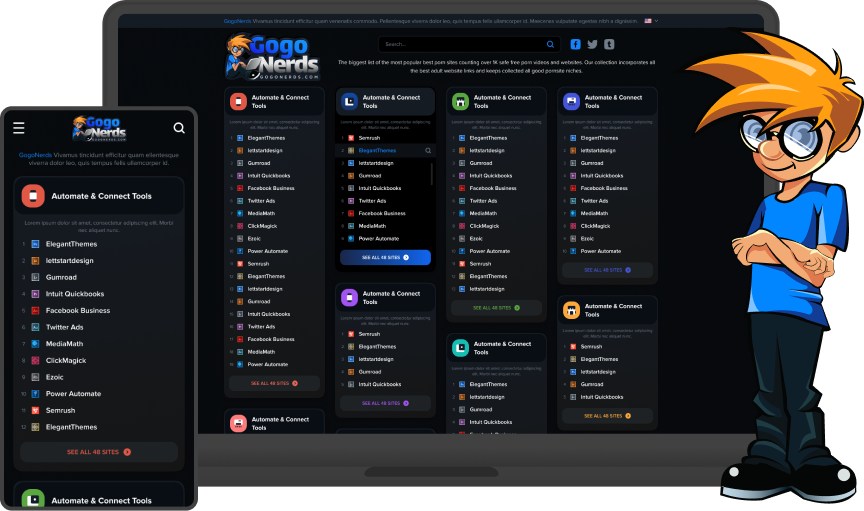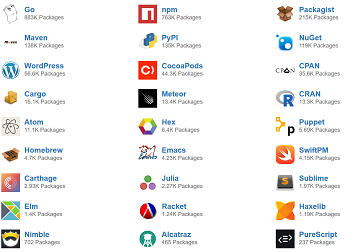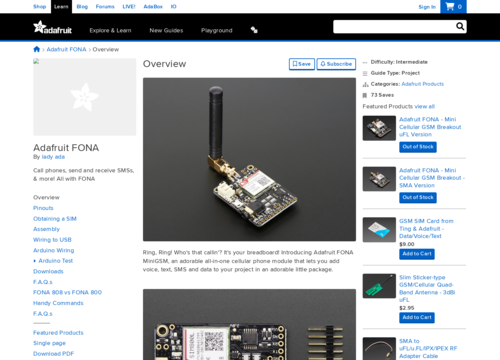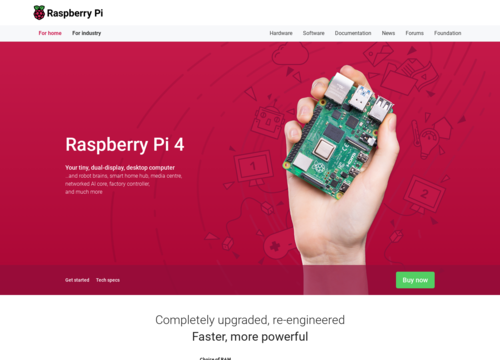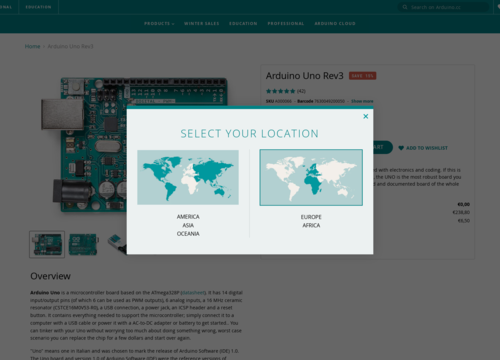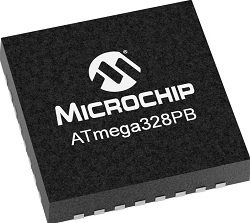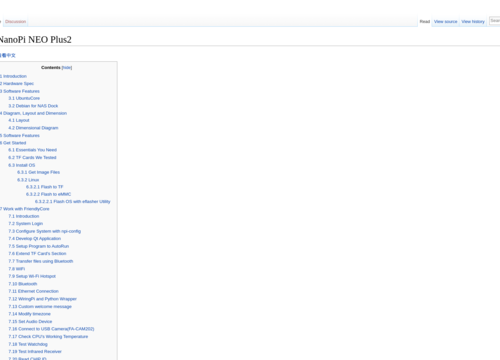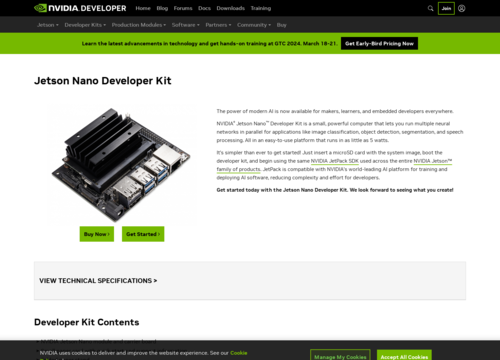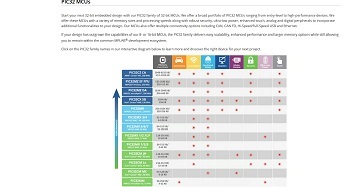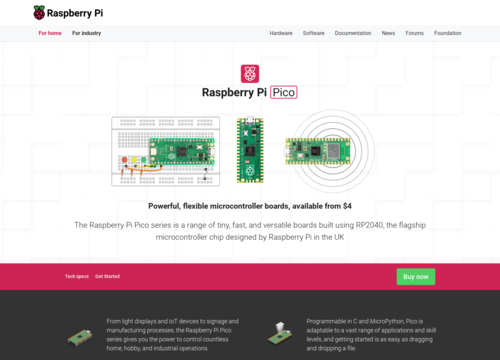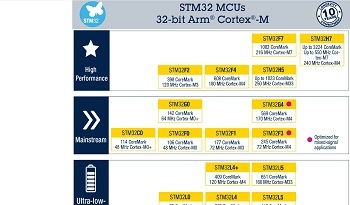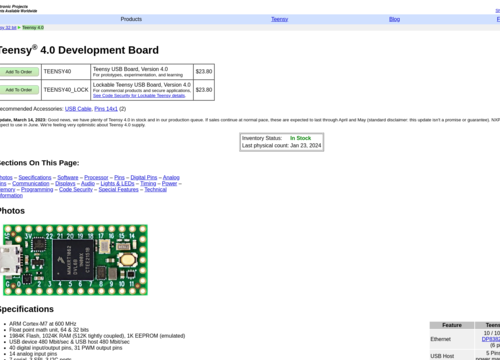Rock Pi 4C
https://radxa.com/products/rock4/4cpRock Pi 4C
Rock Pi 4C is a compact and powerful single-board computer (SBC) that offers a range of features for hobbyists, developers, and educators. It is part of the Rock Pi series, developed by Radxa, and is known for its balance of performance, size, and cost.
Processor and Performance
The Rock Pi 4C is powered by the Rockchip RK3399, a significant processor in the world of SBCs. This chip features a large image. The LITTLE architecture includes a dual-core Cortex-A72 (up to 2.0 GHz) and a quad-core Cortex-A53 (up to 1.5 GHz). This configuration provides a balance of power and efficiency, making the Rock Pi 4C suitable for tasks ranging from general computing to more intensive processes such as media playback and light gaming.
Memory and Storage
The board typically consists of variants with different RAM options, such as 2GB, 4GB, or even 8GB of LPDDR4 RAM. For storage, the Rock Pi 4C does not use onboard storage but supports microSD cards for boot and storage purposes. Additionally, it has an eMMC module socket, allowing faster and more reliable storage than SD cards.
Connectivity
The Rock Pi 4C shines in its connectivity options. It has an HDMI port capable of 4K output, a Mini DisplayPort, and even a USB-C port with DisplayPort 1.2 for video output. The internet and networking platform include a Gigabit Ethernet port and onboard Wi-Fi (802.11ac) and Bluetooth 5.0. This makes it versatile for various projects, including media centers, game consoles, and even as a desktop replacement.
I/O Ports and Expansion
In addition to the video and network connectivity, the Rock Pi 4C includes a USB 3.0 port, a USB 2.0 port, and a USB-C port for power. It also features a 40-pin GPIO header, which is compatible with Raspberry Pi GPIOs, making it convenient for hobbyists and educators who already have experience with Raspberry Pi projects.
Software and OS Support
The Rock Pi 4C supports a variety of operating systems, including some versions of Android and Debian-based Linux distributions. This flexibility allows users to tailor the system to their specific needs, whether for development, education, or entertainment.
Form Factor and Build
With a form factor similar to that of the Raspberry Pi, the Rock Pi 4C is compact and can fit into a wide range of cases and enclosures designed for SBCs. Its build quality is robust and suitable for various environments, from desktops to more challenging operational contexts.
Use Cases and Applications
The Rock Pi 4C is popular among hobbyists for building media centers, retro gaming setups, home automation systems, and even for educational purposes in learning programming and computer science concepts. Its powerful processor also makes it suitable for more demanding projects, such as basic machine learning applications, server hosting, or compact desktop computers.
Graphics Capabilities
The Rock Pi 4C is equipped with an ARM Mali-T860MP4 GPU. This quad-core GPU supports OpenGL ES 1.1 to 3.2, OpenVG1.1, OpenCL, and DirectX 11.1. This makes the Rock Pi 4C capable of handling basic 3D rendering, and it could be used for lightweight gaming, graphical applications, and even some types of graphical processing tasks. It is particularly useful for educational purposes where students can learn about graphics programming.
Power requirements
The Rock Pi 4C is powered through a USB-C connector, requiring a supply of 5 V/3A. This approach makes the device easy to use, as the same type of charger used for modern smartphones can often be used. However, it is important to note that power requirements may increase with the use of peripherals and additional components.
Community and Support
Like many popular single-board computers, the Rock Pi 4C benefits from a growing community of enthusiasts and developers. There are forums, online groups, and resources where users can share projects, obtain advice, and find documentation. Community support is an invaluable resource, especially for troubleshooting or for those new to working with single-board computers.
Expansion and Accessories
The Rock Pi 4C can be expanded with various accessories and add-ons. For example, users can add a heat sink or even a fan for better thermal management, especially when running intensive tasks. There are also HATs (hardware attached on top) available, similar to the Raspberry Pi, which can be used for a variety of purposes, such as adding sensors, controllers, or additional connectivity options.
Price and Availability
One of the attractive aspects of the Rock Pi 4C is its price point, which is generally competitive with other SBCs offering similar features. However, prices can vary based on RAM options and the cost of additional components, such as eMMC modules or accessories. Availability can sometimes be an issue, as with many SBCs, due to high demand and production constraints.
Environmental and Physical Durability
While the Rock Pi 4C is not specifically designed for extreme environments, its solid construction means that it can operate under a range of typical indoor conditions. For use in more demanding environments, additional protective casings or cooling solutions might be necessary.
In conclusion, the Rock Pi 4C is a powerful and versatile single-board computer that caters to a wide range of uses, from simple educational projects to complex computing tasks. Its robust processor, ample connectivity options, and compatibility with various operating systems and accessories make it an excellent choice for both beginners and experienced users in the world of SBCs. Whether for learning, hobby projects, or professional applications, the Rock Pi 4C offers much potential in a small package.

